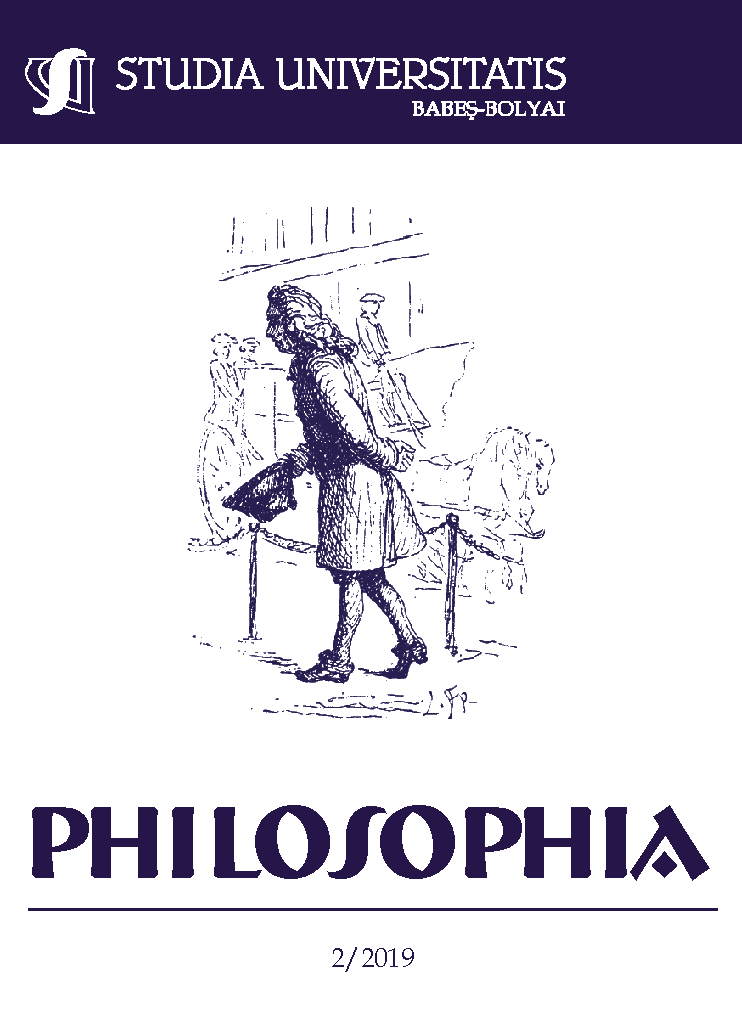THE BOUNDARIES OF THE SELF AND THE LIMITS OF THE WORLD IN ARISTOTLE: A DIFFERENT KIND OF DECONSTRUCTION OF THE EGO
DOI:
https://doi.org/10.24193/subbphil.2019.2.11Keywords:
Aristotle, movement, perception, touch, carnality, communication, neuroscience, Husserl, HeideggerAbstract
Phenomenological theories have a long history in undermining the traditional opposition between mind and body. According to them, the material, viz. the corporal can serve as a place for the processes of meaning-formation, i.e., as a condition of possibility for any set of relationships forming a body of meaning. In this paper, this manifests itself through the fact that the basic concepts related to corporeality, e.g., perception, movement etc., are the conditions of possibility for any construction of meaning and consciousness process, as also shown by contemporary neuroscience and communication theory in the case of intelligence and communication. However, this was already known to Aristotle, long before the advent of modern neuroscience, but the stakes were even higher for him: the issue of corporeality is itself problematic in terms of determining its boundaries, as the limits of the Self (viz. my body) merge with those of the world. The situation is similar to the passive and active synthesis of Husserl and also to Heidegger’s twofold openness of the Dasein, conflating the boundaries of the Self and the limits of the world for our human being-there, or consciousness.
Downloads
Published
How to Cite
Issue
Section
License
Copyright (c) 2019 Studia Universitatis Babeș-Bolyai Philosophia

This work is licensed under a Creative Commons Attribution-NonCommercial-NoDerivatives 4.0 International License.





